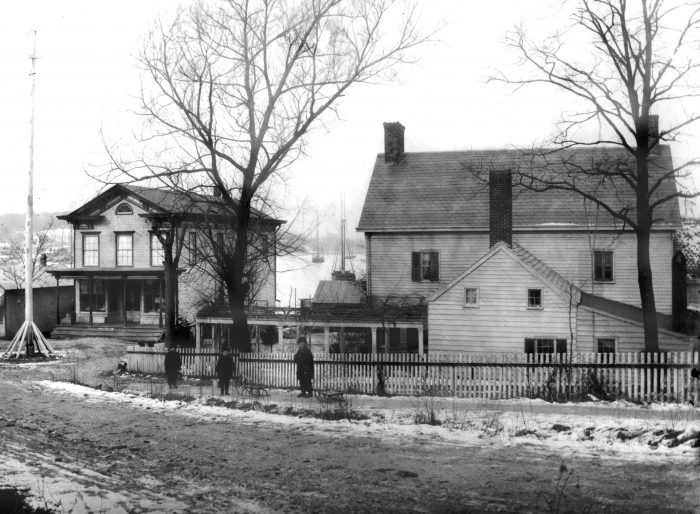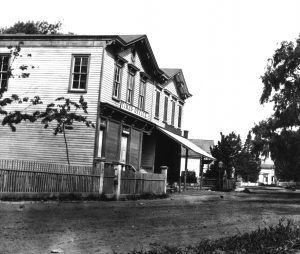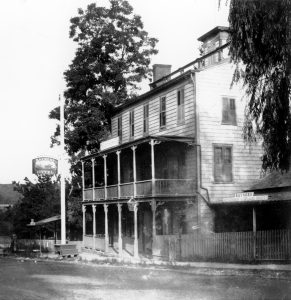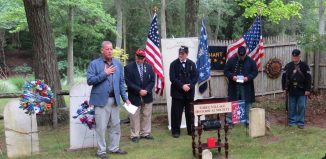Hometown History: A forgotten photographer and his images of Port Jefferson

Professional photographer Arthur S. Greene and amateur photographer John M. Brown are well known for their images of early Port Jefferson, but another talented photographer who also recorded life in Port Jefferson is hardly a household name.
Unlike Greene who had a studio in Port Jefferson or Brown who besides being a shutterbug was Port Jefferson’s postmaster, photographer George B. Brainerd primarily documented urban Brooklyn.

Renowned for his city scenes, it is often forgotten that Brainerd also photographed the rural landscape on his jaunts throughout Suffolk County including then sleepy Port Jefferson.
Born in 1845, Brainerd attended Rensselaer Polytechnic Institute, worked as a civil engineer, was Brooklyn’s deputy water purveyor from 1869 to 1886, and is considered a pioneer of amateur photography.
Over the course of his trips to Port Jefferson in 1878 and 1879, Brainerd photographed a variety of the village’s buildings — many of which are no longer standing.
One image shows the Methodist Church, which was later sold at auction, moved from Port Jefferson’s Spring Street to Main Street, converted into a storehouse, and destroyed in a September 1904 blaze.
Another view depicts the office of the Port Jefferson Times. The weekly newspaper was housed on the west side of Port Jefferson’s Main Street in the Petty Building which was razed in June 1965.
Brainerd’s photo of the north side of Port Jefferson’s East Broadway pictures the second Bayles Chandlery which was destroyed in a July 22, 1897 waterfront fire and the iconic Willse-Bayles Homestead which was leveled in December 1917 to make way for what is now the Port Jefferson Village Center.
Additional images show the Port Jefferson Flour Mill on West Broadway, sold in 1918 and later dismantled; Smith’s Hotel on Main Street, renamed the Ardencraig Inn and lost in a 1920 blaze; and Raynor’s Hotel on East Main Street, commonly known as the Port Jefferson Hotel, demolished in 1949.

Besides these shots, Brainerd’s panoramic views of Port Jefferson capture the village’s Cedar Hill Cemetery, original railroad station, Emmett B. Darling Shipyard, John R. Mather Lumber Shed, tranquil harbor, inviting streets, and gracious homes.
Gifted in freezing the Port Jefferson scene for posterity, Brainerd has left us with a treasure, providing an invaluable record of what it was like to live in the village before its suburban development.
Kenneth Brady has served as the Port Jefferson Village Historian and president of the Port Jefferson Conservancy, as well as on the boards of the Suffolk County Historical Society, Greater Port Jefferson Arts Council and Port Jefferson Historical Society. He is a longtime resident of Port Jefferson.






